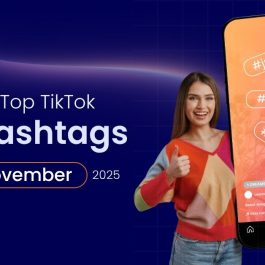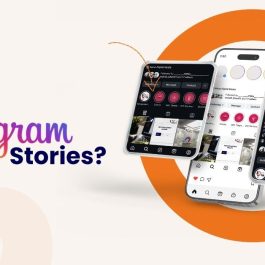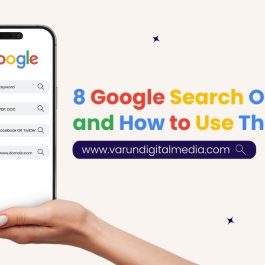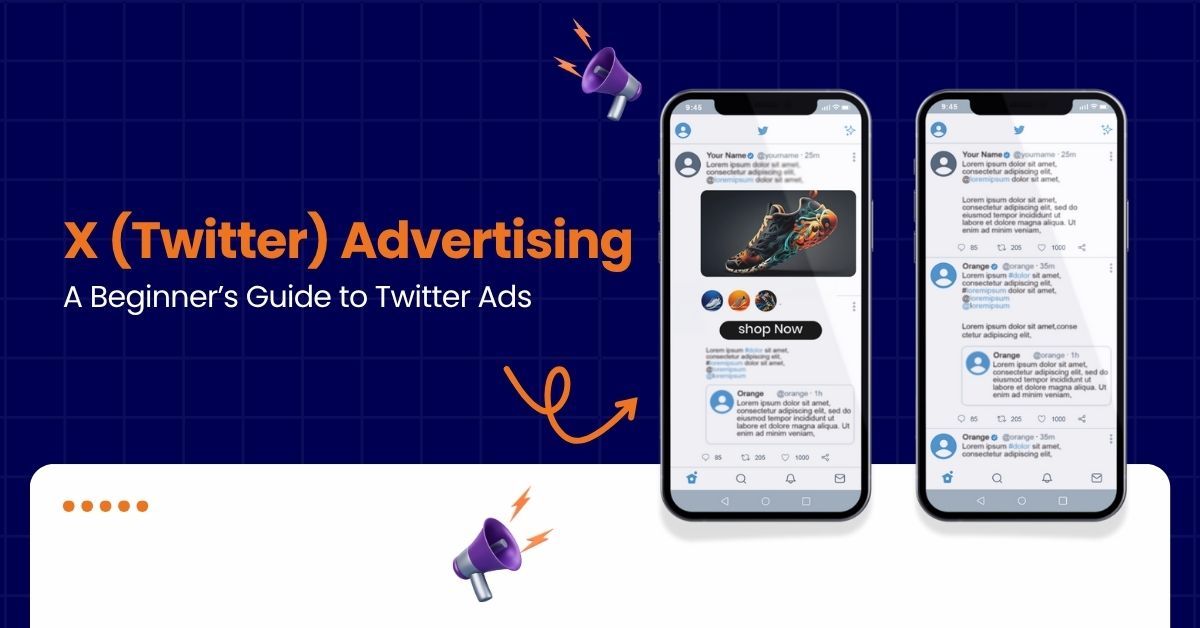6 min read
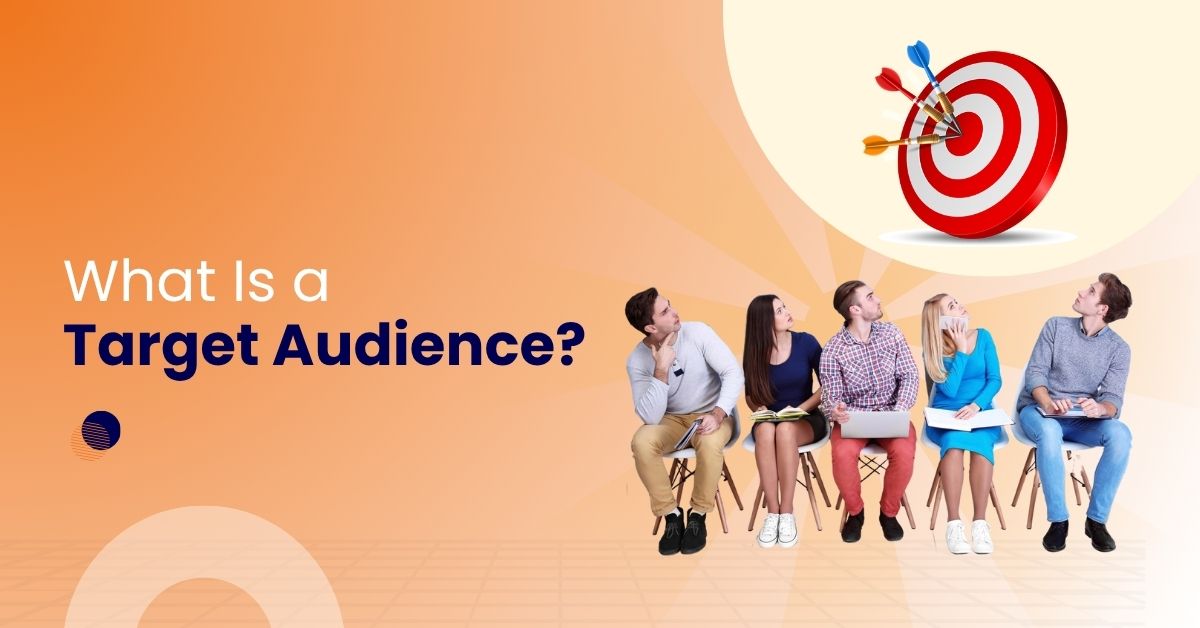
Table of Contents
A Simple Guide for Business & Marketing Success
Understanding your target audience is a key step in marketing. This group includes people most likely to buy your product or service. When you define your audience, your marketing becomes clearer and more effective.
At Varun Digital Media, we help businesses find and reach the right audience through research, data, and smart digital marketing.
A strong target audience helps you: • Improve message clarity • Reduce wasted ad spend • Increase sales • Build customer trust • Support long-term growth
Today, brands use market research, customer data, and social platforms to understand buyers. This leads to smarter campaigns, better audience targeting, and stronger customer relationships.
In this guide, you will learn what a target audience is, why it matters, and how to define your specific audience for better results.
Featured Snippet: What Is a Target Audience?
A target audience is a particular group of people a business wants to reach with its marketing message. These people share traits such as age, location, interests, or buying needs.
This group is most likely to buy the company’s product or service. Understanding your audience helps you focus on people who are more likely to convert.
A target audience may include small customer groups who engage through email, paid ads, or social platforms. Knowing their behavior helps businesses compete and grow.
Target Audience vs Target Market
A target market is a bigger group of potential customers. A target audience is a smaller group within that market. This group receives your direct marketing message.
Example: Target Market → Adults ages 18–35 Target Audience → Women ages 18–24 who shop online
You market to the audience within the market. Knowing this difference helps you plan stronger campaigns.
A clear audience and market guide media buying, ad campaigns, and marketing channels. This improves ROI across Google, Facebook, and Instagram.
Why a Target Audience Matters
A clear, specific target audience helps businesses run better marketing efforts. When a brand knows its audience’s pain points, motivations, and lifestyle, it can speak their language. This builds trust and drives action.
A target audience helps you:
• Match messages to customer needs
• Spend less to reach the right people
• Build loyal customers
• Improve conversion rates
• Strengthen relationships
• Support business growth
Focused targeting also helps shape marketing strategies across paid, owned, and earned media. It helps companies run cost-efficient campaigns and build stronger buyer personas.
Marketing materials become more useful when created for a specific audience. This increases interest and helps brands understand their ideal customer better.
Types of Target Audience
Target audiences can be grouped in different ways. These audience segments help brands divide a broad audience into smaller groups that are easier to reach.
Brands often group their market by age, lifestyle, behavior, interest, or demographics.
1) Demographic Audience
Based on:
• Age
• Gender
• Income
• Marital status
• Job titles
• Education
These details help define your ideal customer. Example → Men ages 25–45 with high income may prefer premium products.
2) Geographic Audience
Based on:
• Country
• City
• Region
• Climate
This helps brands target customers based on where they live. Local messaging builds trust and relevance.
3) Psychographic Audience
Based on:
• Values
• Lifestyle
• Interests
• Beliefs
• Motivation
This reveals why people act a certain way. It helps brands write emotional and meaningful messages.
4) Behavioral Audience
Based on:
• Past actions
• Buying habits
• Loyalty
• Product usage
Behavioral data comes from customer records, Google Analytics, and social listening. This helps brands reach customers who are ready to buy.
5) Interest-Based Audience
Based on hobbies such as:
• Movies
• Music
• Fitness
• Gaming
• Food
• Travel
These groups help brands create fun and relatable content.
Target Audience Examples
Baby cream → New parents ages 25–35
Fitness app → Youth ages 18–30
Hearing aid → Seniors ages 55+
Pizza deals → Students ages 16–25
Business software → IT managers in the USA
These examples show how audience differences affect marketing messages.
How to Identify Your Target Audience
The target audience analysis process is simple. It helps brands understand who they should speak to and how.
1) Study Your Product
Learn how your product solves customer problems. This helps you find people who need it.
2) Check Existing Customers
Study current buyers. They show who values your product most.
3) Conduct Market Research
Research your market and explore trends. Learn which channels your audience prefers. Competitor analysis can also help.
4) Create Audience Profiles
A buyer persona describes your ideal customer. It includes demographics, behavior, motivation, and pain points.
5) Select Your Best Segment
Choose the segment that gives the best results. This improves marketing strategy and ad campaigns.
Understanding the Target Market Audience
A target market audience is the group your business wants to sell to. They often share common needs and lifestyle traits.
Example: Online English coaching → Working professionals ages 25–45
A strong audience requires understanding their needs, behavior, and buying power.
Primary vs Secondary Target Audience
A brand may have:
• Primary Audience → Most likely to buy
• Secondary Audience → May buy later
Example: Premium laptop → Primary → Working professionals Secondary → Students
This helps refine your message for each group.
Target Audience in Digital Marketing
Audience targeting is a key part of digital marketing. Brands use tools like Google Analytics and social media platforms to understand consumers.
You can target customers based on:
• Interests
• Location
• Age
• Job titles
• Devices
• Online behavior
This helps improve ad performance and return on investment. Audience targeting works across search, display, video, and email.
Why It Works
Only the right people see your message. This increases conversions and reduces wasted spending.
Better targeting supports:
• Strong messaging
• Business growth
• Ideal customer matching
Brands can also build custom audiences for retargeting.
Target Audience by Platform
Each platform helps reach different people:
Instagram → Visual, lifestyle buyers
Facebook → Local communities
Google → Search-based needs
LinkedIn → B2B buyers + job roles
Instagram Advertising Cost
Instagram ads cost depends on:
• Location
• Audience size
• Industry
• Ad type
Average cost → $0.50–$5 per click. Better targeting can reduce this cost.
Facebook Marketplace for Businesses
Facebook Marketplace helps brands reach local buyers. It works well for retail, home services, and second-hand sellers. Brands can pair listings with ads to reach more customers.
Target Audience & Messaging
Clear messaging meets audience needs. Examples: Fitness fans → “Easy home workouts for busy schedules.” Busy parents → “Healthy meals ready fast.”
When messages are simple, customers respond better.
Where Target Audience Data Comes From
You can learn about your audience through:
• Google Analytics
• Surveys
• CRM systems
• Social listening
• Customer interviews
• Purchase history
• Competitor analysis
This information helps build better audience segments and marketing strategies.
Target Audience Mistakes to Avoid
Common issues:
• Targeting everyone
• Not using customer data
• Ignoring feedback
• Guessing needs
• Not updating profiles
Avoiding these issues improves targeting and campaign success.
Target Audience & Varun Digital Media
At Varun Digital Media, we help brands find and understand their ideal customers. We learn about your products, customer needs, and market trends. We study consumer behavior to create custom audience groups.
We help you: • Define your audience • Create buyer personas • Identify segments • Improve lead quality • Strengthen marketing efforts • Run targeted campaigns • Increase ROI
Our data-driven approach helps you gain new customers and build long-term relationships. We use strong research, audience insights, and digital tools to help you speak to the right people.
Conclusion
Defining your target audience is one of the most important steps in marketing. When you understand who you are speaking to, your message becomes clear, relevant, and effective.
This improves conversions, strengthens brand loyalty, and supports business growth.
At Varun Digital Media, we help businesses identify their intended audience, build audience segments, and improve marketing efficiency.
Our audience targeting process uses customer data, research, and digital tools to deliver better results.
With the right audience, every message becomes meaningful — and every campaign becomes smarter.
Reach the Right Audience Today
We help brands find their target audience and run campaigns that improve engagement, conversions, and customer loyalty.
FAQs
1) What is a target audience?
A target audience is a specific group of people who share similar interests, needs, behaviors, or demographics. They are most likely to buy your business’s product, so marketing messages are built to match their pain points and lifestyle.
2) How is a target audience different from a target market?
A target market describes the larger group of potential customers. A target audience is a smaller segment within that group. Brands speak to the target audience directly with marketing communications to improve response and conversion.
3) Why should businesses define a target audience?
Defining your target audience helps you understand customers’ motivations and preferred channels. This saves time, reduces marketing cost, and improves campaign success. It also builds deeper customer relationships and long-term loyalty.
4) How do I find my target audience?
Review existing customers, study demographic information, and look for patterns. Use tools like Google Analytics and surveys to gather data. Build audience profiles to support marketing strategy and test campaigns to see what works best.
5) Which platforms help target audiences online?
Google, Instagram, Facebook, and LinkedIn help you target customers through audience segmentation. These platforms let you reach people based on age groups, job titles, interests, and behavior to improve ad performance.
Published: November 18th, 2025

